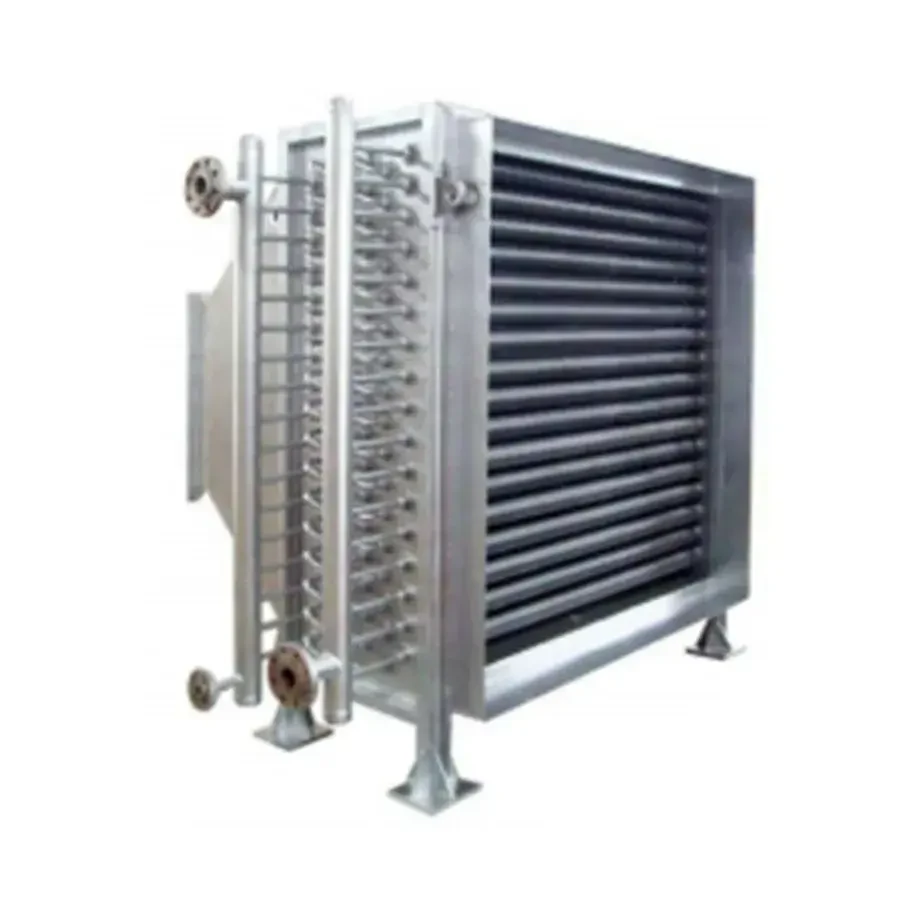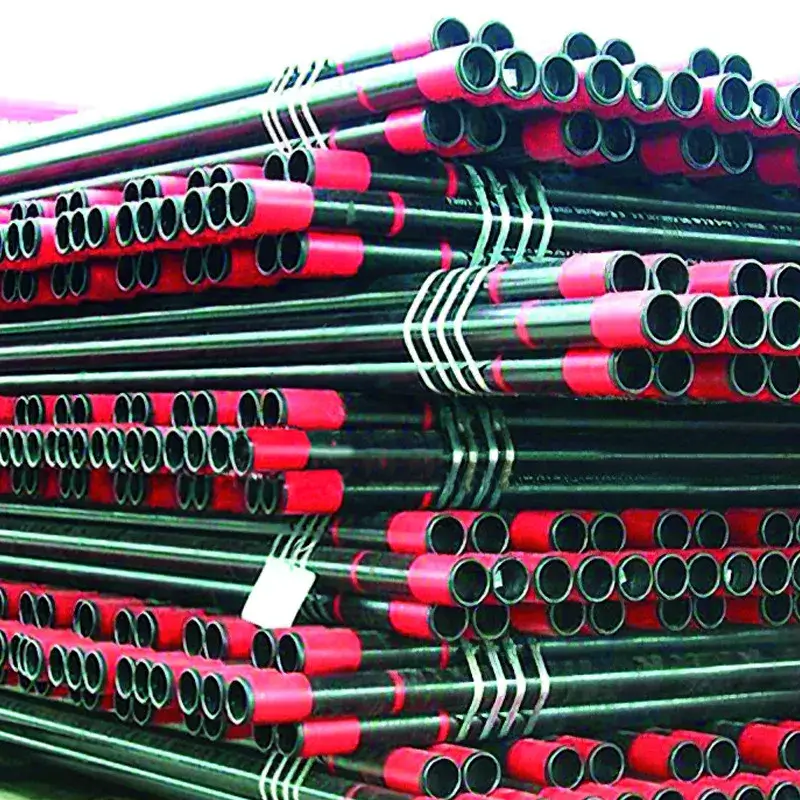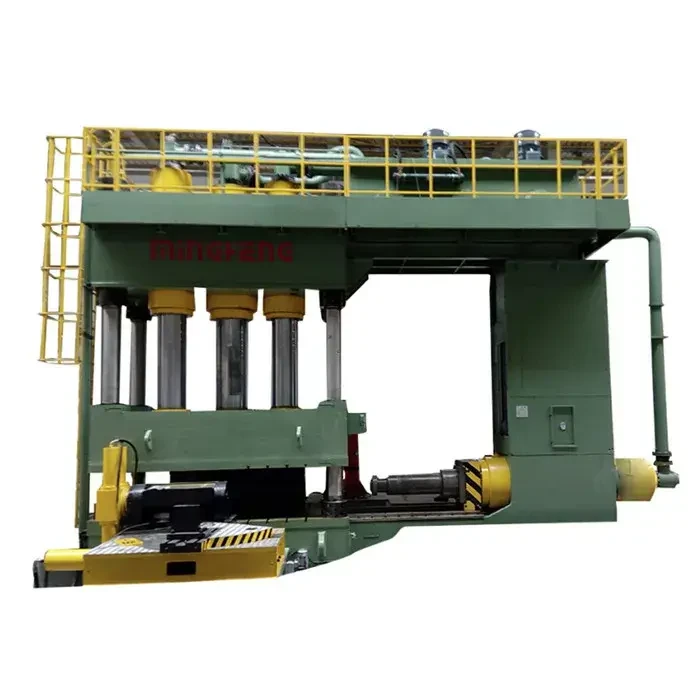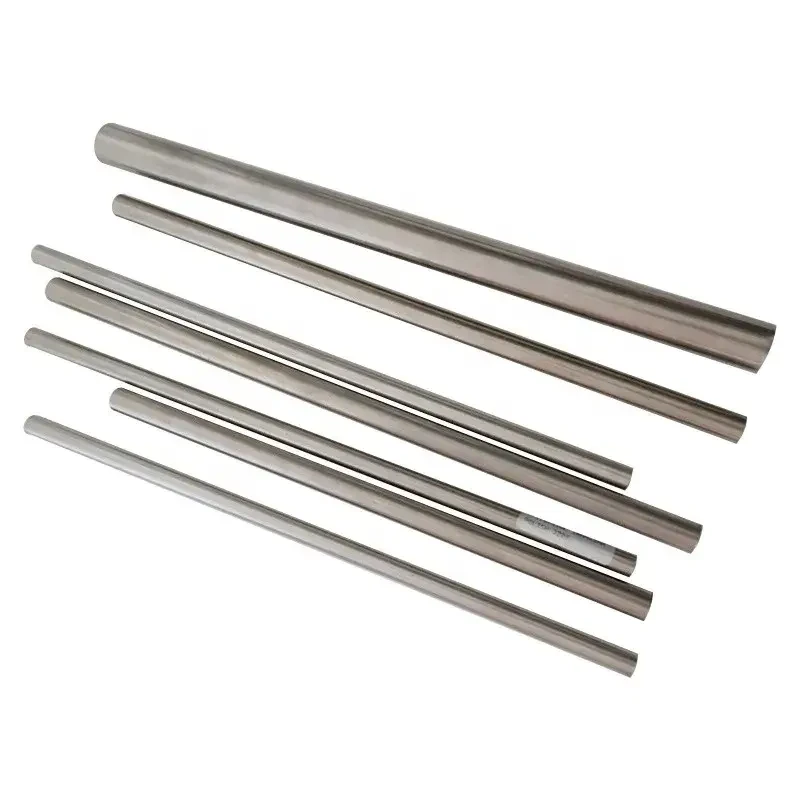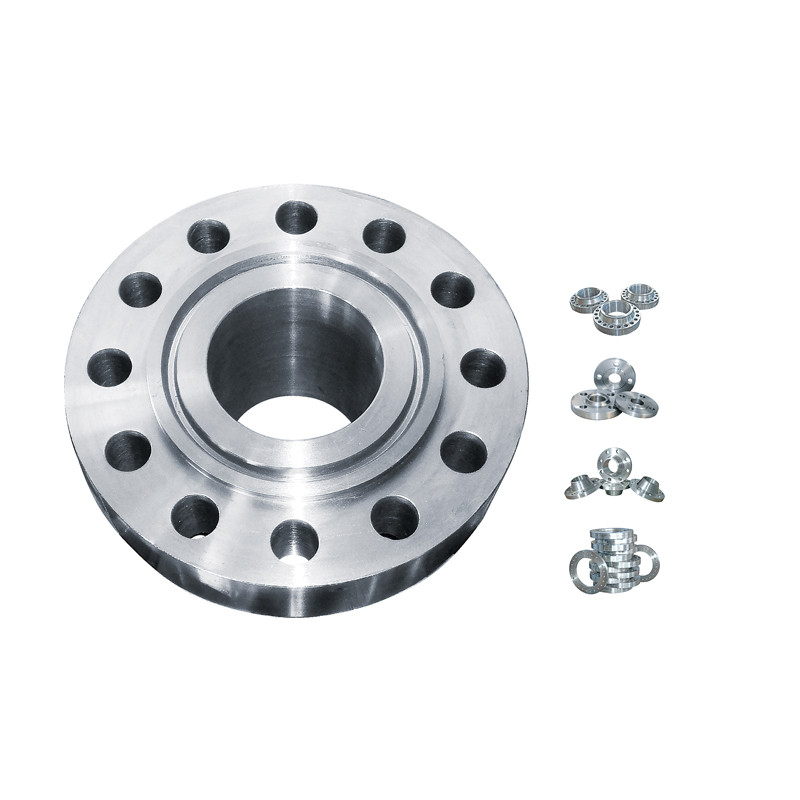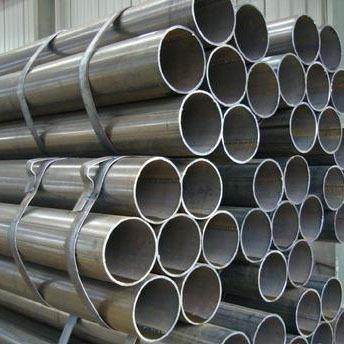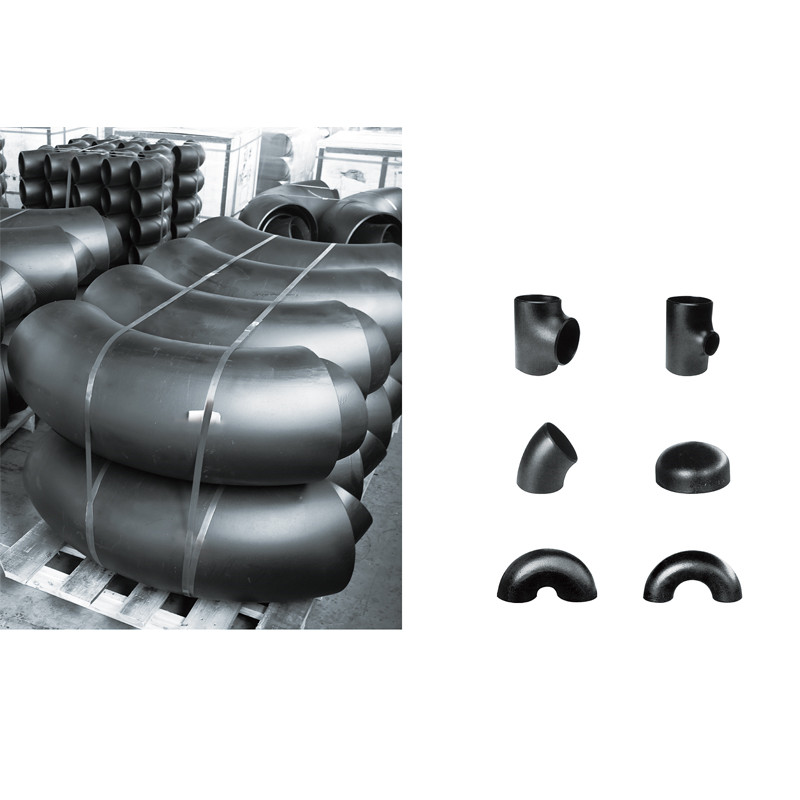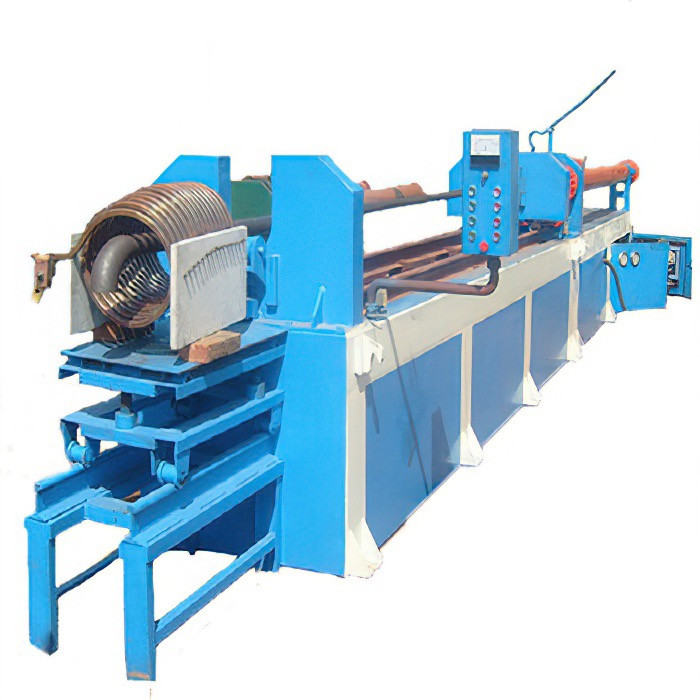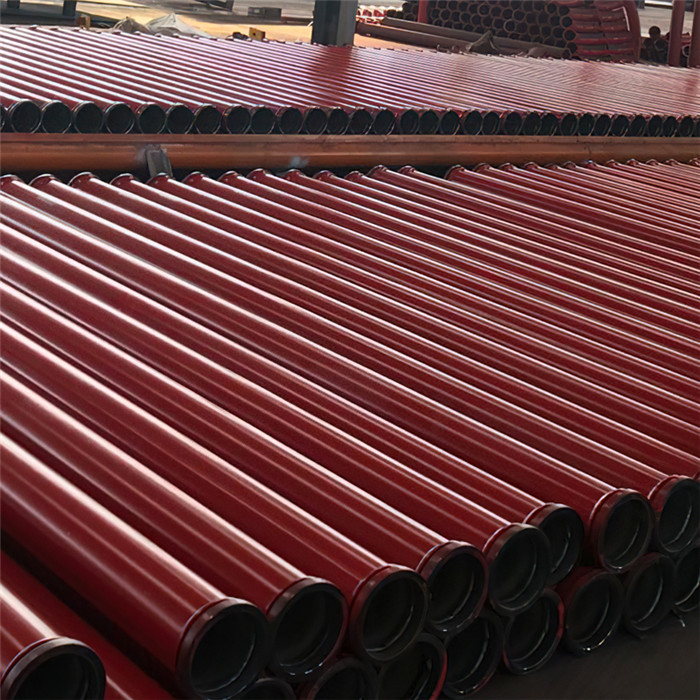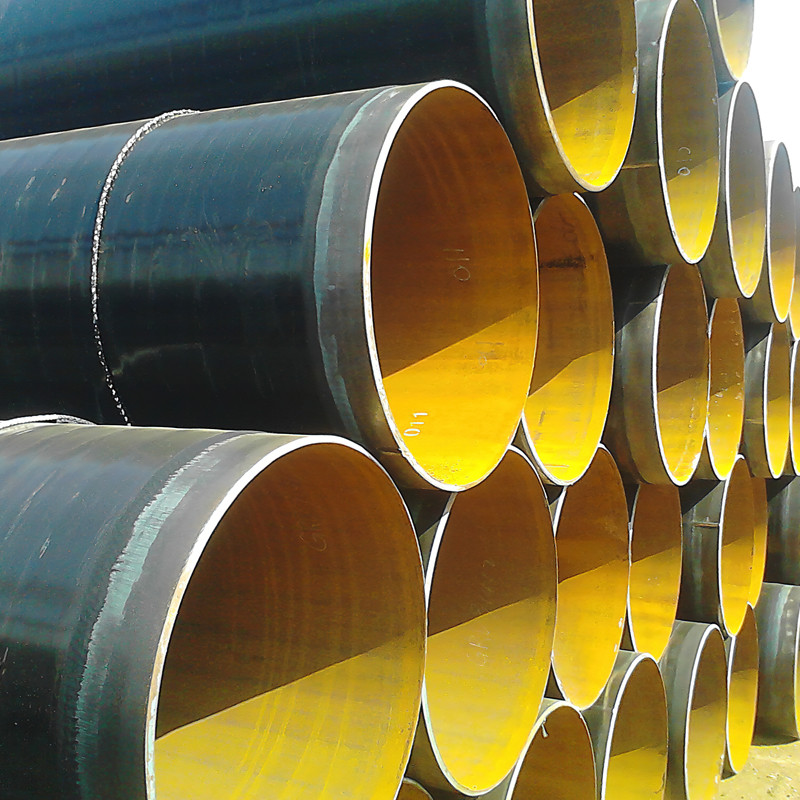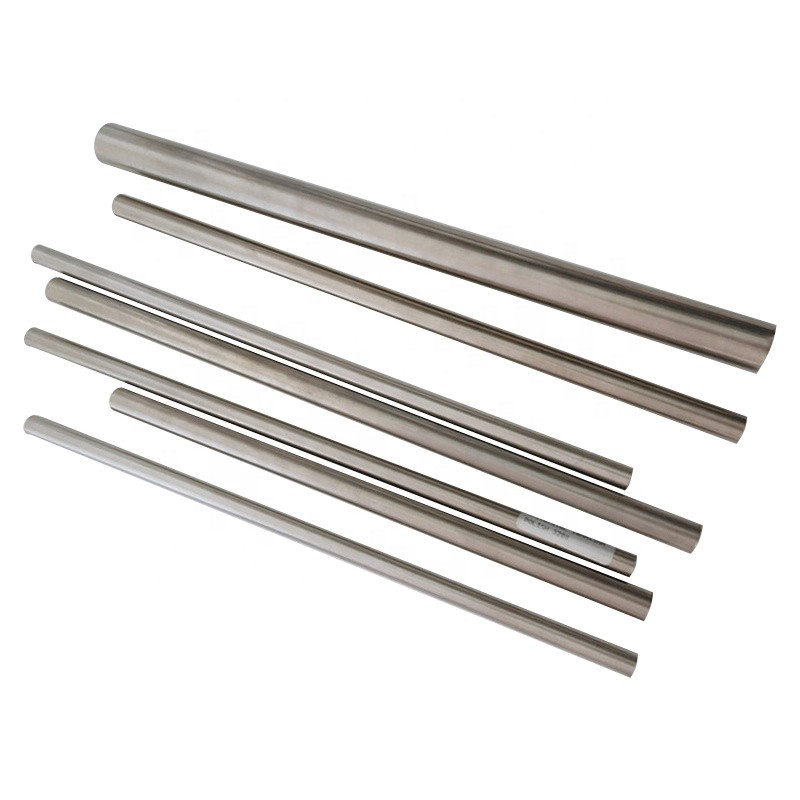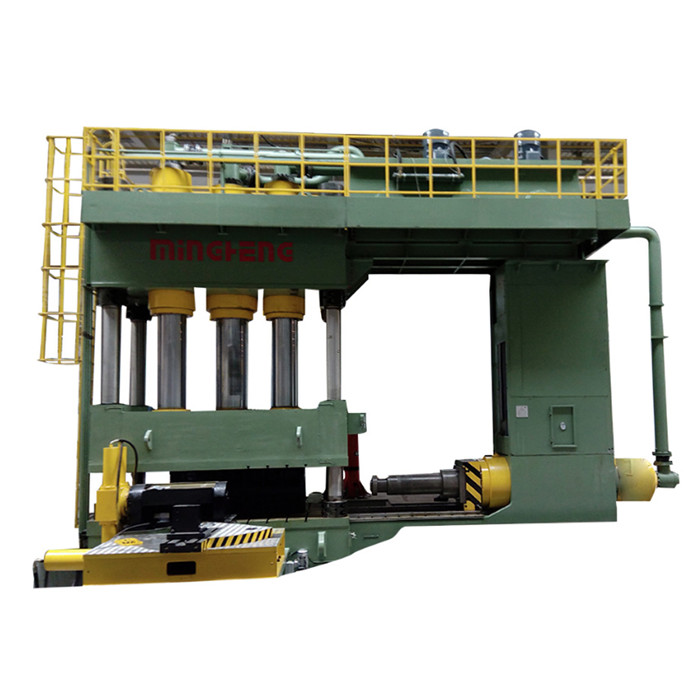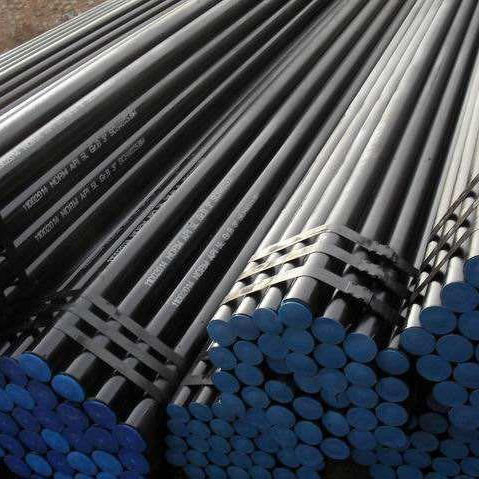The Unrivaled Strength of Steel in Modern Construction
In the rapidly evolving landscape of global infrastructure development, the prominence of steel as a primary construction material is undeniable. Its exceptional strength-to-weight ratio, durability, and versatility make it an indispensable choice for a wide array of projects, from towering skyscrapers to expansive industrial complexes. This section delves into the critical role that specialized steel structure builders play in shaping the modern world, focusing on the sophisticated techniques and strategic advantages inherent in steel frame construction. Understanding the intricacies of steel structure building construction is paramount for any stakeholder seeking long-term value, structural integrity, and sustainable solutions in their ventures.
The global steel construction market size was valued at USD 865.7 billion in 2022 and is projected to grow at a compound annual growth rate (CAGR) of 6.5% from 2023 to 2030, according to Grand View Research. This robust growth is fueled by increasing investments in infrastructure, industrialization, and urbanization across developing economies, underscoring the vital contributions of proficient steel structure builders and dedicated steel frame construction companies. The demand spans residential, commercial, and industrial sectors, each benefiting from steel's inherent properties and the advanced methodologies employed by industry leaders.
The Comprehensive Process of Steel Structure Building Construction
The journey from raw steel to a robust structural component involves a series of meticulously planned and executed steps, a testament to the expertise of leading steel structure builders. This process ensures precision, strength, and compliance with the most stringent international standards.
1. Design and Engineering (Concept to Blueprint)
- ✓ Feasibility Studies & Site Analysis: Initial assessment of project viability, site conditions, and regulatory compliance.
- ✓ Structural Design: Utilizing advanced CAD/CAM software (e.g., Tekla Structures, Revit) to create detailed 3D models and structural analysis. This stage determines the optimal types of construction in steel design, including trusses, beams, columns, and plates, specified according to Eurocodes, AISC, or other relevant local codes.
- ✓ Material Selection: Specification of steel grades (e.g., Q235, Q345, ASTM A36, A572 Gr.50) based on load requirements, environmental conditions, and desired properties like yield strength, tensile strength, and impact resistance.
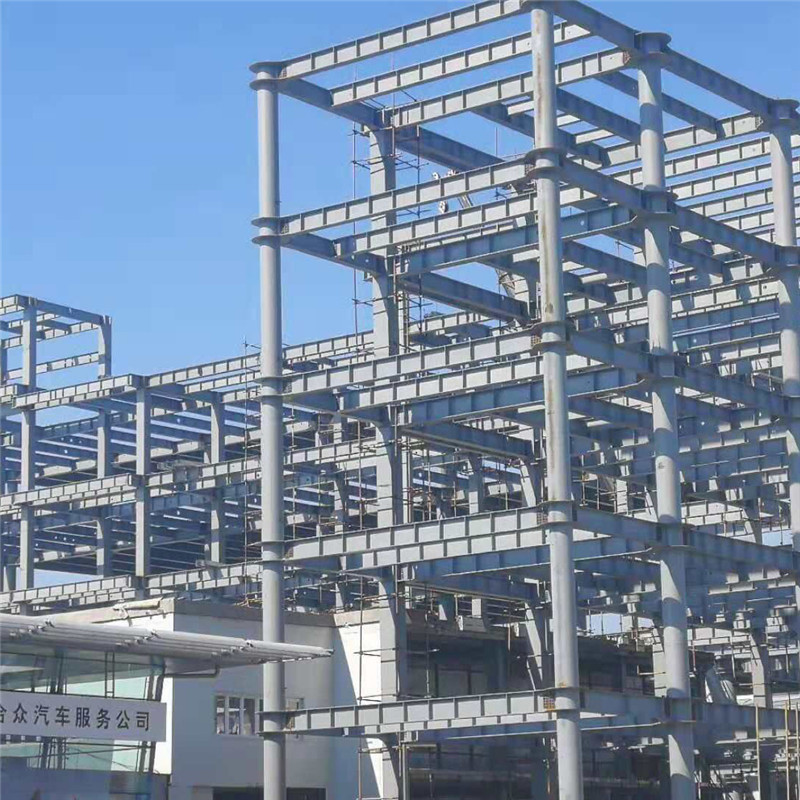
2. Fabrication (Precision Manufacturing)
This phase, often executed off-site, highlights the efficiency and quality control capabilities of proficient steel frame construction companies.
- ✓ Cutting & Shaping: Steel plates and sections are cut to precise dimensions using CNC plasma cutting, laser cutting, or shearing machines. Techniques like bending and rolling are employed for specific profiles.
- ✓ Drilling & Punching: Holes for bolted connections are precisely drilled or punched according to design specifications.
- ✓ Welding: Components are joined using various welding techniques (e.g., shielded metal arc welding (SMAW), gas metal arc welding (GMAW), submerged arc welding (SAW)). Weld quality is critical and subject to rigorous non-destructive testing (NDT) such as ultrasonic testing (UT), magnetic particle testing (MPT), and radiographic testing (RT).
- ✓ Surface Preparation & Coating: Surfaces are cleaned (e.g., sandblasting to SA 2.5 standards) and coated with protective layers (e.g., primer, anti-corrosion paint, fireproofing) to enhance durability and specific performance characteristics. Common coating systems include epoxy zinc-rich primer, epoxy intermediate coat, and polyurethane topcoat, offering excellent corrosion resistance for applications in harsh environments like petrochemical plants.
3. Quality Control & Inspection (Ensuring Excellence)
Rigorous quality control is embedded throughout the entire process, ensuring that the fabricated components meet or exceed design specifications and international standards (e.g., ISO 9001, ANSI/AISC 360). This is a hallmark of reputable steel structure building contractor firms.
- ✓ Dimensional Checks: Verification of all dimensions against engineering drawings.
- ✓ Material Testing: Independent lab testing for mechanical properties (tensile strength, yield strength, elongation) and chemical composition of steel samples.
- ✓ Weld Inspection: Visual inspection, NDT, and destructive testing (e.g., macro etching, bend tests) of weldments.
- ✓ Coating Inspection: Measurement of dry film thickness (DFT) and adhesion tests for protective coatings.
4. Transportation & Erection (Assembly on Site)
Once fabricated and inspected, components are meticulously packed and transported to the construction site. The erection phase is where the structural integrity of the design comes to life, a swift and precise operation overseen by experienced steel structure builders.
- ✓ Site Preparation: Foundation work and preparation of anchor bolts.
- ✓ Component Lifting & Placement: Use of cranes and lifting equipment to position steel members.
- ✓ Connection & Alignment: Bolting or welding connections on-site, ensuring precise alignment and verticality.
- ✓ Final Inspection: Post-erection checks to verify structural integrity and adherence to design specifications.
Technical Parameters and Performance Specifications
Understanding the technical specifications of Steel Structure Construction Building components is crucial for project success. Reputable steel structure builders adhere to stringent parameters to ensure optimal performance and longevity. Here's a general overview of key technical aspects:
| Parameter | Specification Range | Relevant Standards |
|---|---|---|
| Steel Grade | Q235B, Q345B (Chinese Standard); ASTM A36, A572 Gr.50 (US Standard); S235, S355 (European Standard) | GB/T 700, GB/T 1591, ASTM A6, EN 10025 |
| Yield Strength (min) | 235 MPa (Q235B), 345 MPa (Q345B) | ISO 6892-1, ASTM E8 |
| Tensile Strength (range) | 370-500 MPa (Q235B), 470-630 MPa (Q345B) | ISO 6892-1, ASTM E8 |
| Elongation at Break (min) | 20% (Q235B), 21% (Q345B) | ISO 6892-1, ASTM E8 |
| Impact Resistance (min at 0°C) | 27 J (Q235B, Q345B) | ISO 148-1, ASTM E23 (Charpy V-notch) |
| Surface Treatment | Sandblasting (Sa 2.5), Primer (Zinc-rich epoxy), Intermediate, Topcoat (Polyurethane) | ISO 8501-1, ISO 12944, SSPC, NACE |
| Coating Dry Film Thickness (DFT) | Typically 100-300 microns (depending on corrosivity category) | ISO 2808, ASTM D7091 |
| Fire Resistance Rating | Up to 2 hours (with appropriate fireproofing) | ASTM E119, BS 476, EN 13501 |
| Design Life | Typically 50-100 years, depending on design and maintenance | ISO 15686 |
These parameters ensure that the steel components provided by leading steel structure builders are not only structurally sound but also offer exceptional resistance to environmental factors, maintaining their integrity over decades. The selection of specific steel grades and coating systems is a critical decision, tailored to the project's unique demands, such as seismic activity zones, marine environments, or high-temperature industrial settings.
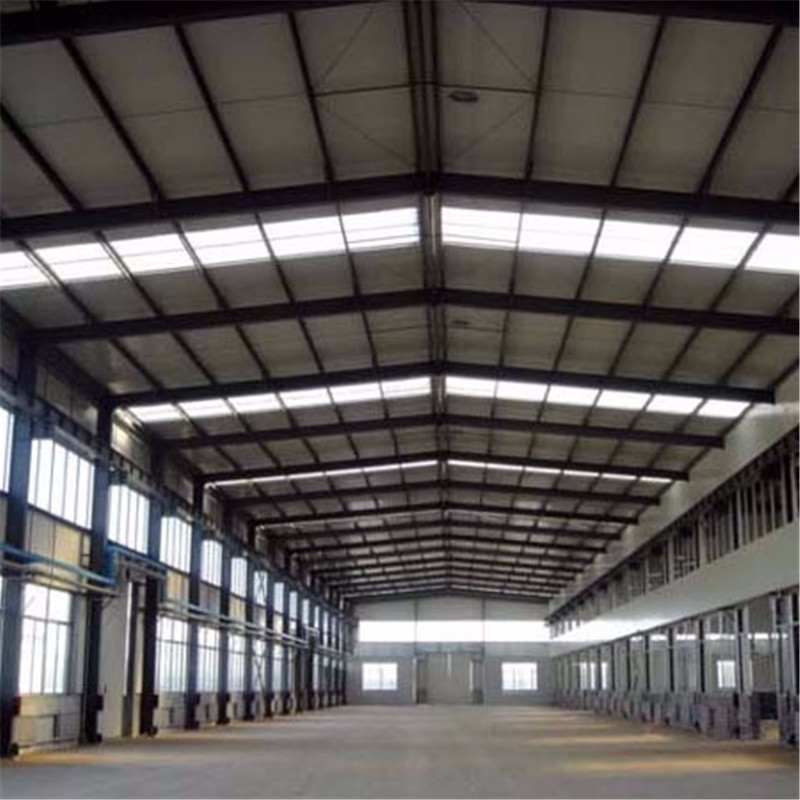
Strategic Advantages of Choosing Steel Structure Solutions
The selection of steel for major construction projects offers a multitude of benefits that extend beyond mere structural integrity. These advantages are keenly understood and maximized by expert steel frame construction companies.
- ► Exceptional Strength and Durability: Steel boasts one of the highest strength-to-weight ratios among construction materials, allowing for larger spans and more open internal spaces without compromising structural stability. Its inherent ductility means it can deform significantly under stress before fracturing, offering superior performance in seismic zones. The typical lifespan of a well-maintained steel structure can exceed 100 years, significantly outperforming many conventional materials.
- ► Speed of Construction: Fabrication off-site concurrently with site preparation drastically reduces on-site construction time. Components are delivered ready for assembly, minimizing delays and labor costs. This accelerated timeline is a key differentiator for projects with strict deadlines.
- ► Sustainability & Recyclability: Steel is 100% recyclable without loss of properties, making it an environmentally friendly choice. The use of recycled steel significantly reduces energy consumption and greenhouse gas emissions compared to producing new steel. This aligns perfectly with global sustainability initiatives and green building certifications.
- ► Cost-Effectiveness & Value: While initial material costs might seem higher than some alternatives, the overall project cost is often lower due to reduced construction time, less on-site labor, and minimal waste. Furthermore, steel structures require less extensive foundations due to their lighter weight, offering additional savings.
- ► Adaptability & Future Modification: Steel structures offer unparalleled flexibility for future expansion, modification, or even relocation. Connections can be unbolted, new sections added, and internal layouts easily reconfigured, providing long-term adaptability for evolving business needs.
- ► Enhanced Safety: The controlled environment of off-site fabrication reduces on-site risks. Additionally, steel is non-combustible, and with proper fireproofing, steel structures can meet stringent fire safety requirements, providing safer environments for occupants.
Diverse Applications and Real-World Impact
The versatility of steel structures makes them suitable for a vast array of applications across various industries. Proficient steel structure builders have successfully deployed steel solutions in:
- Industrial Facilities: Warehouses, factories, power plants, and processing units often leverage steel for its large clear spans, rapid construction, and ability to accommodate heavy machinery. For instance, in a petrochemical facility, specialized corrosion-resistant coatings applied during fabrication are crucial for protecting the steel from aggressive chemicals, ensuring a long service life and minimal maintenance. This directly translates to significant energy savings over the lifecycle due to reduced need for re-coating and repairs.
- Commercial Buildings: Office complexes, shopping malls, and exhibition centers benefit from steel's ability to create expansive, column-free spaces and allow for highly flexible interior layouts. The speed of erection also means quicker market entry for commercial developments.
- Infrastructure Projects: Bridges, airport terminals, railway stations, and sports stadiums are prime examples where steel's strength, durability, and aesthetic potential are fully realized. Major infrastructure projects often demand complex types of construction in steel design to meet specific load and environmental challenges.
- Agricultural Structures: Barns, storage sheds, and livestock facilities utilize steel for its durability, cost-effectiveness, and resistance to pests and rot.
- Logistics & Distribution Centers: The need for vast, uninterrupted floor areas and high ceilings for automated systems makes steel an ideal choice for these critical facilities.
- Mining and Metallurgy: In these demanding environments, steel structures are designed to withstand extreme loads, abrasive materials, and often high temperatures. The robust fabrication and quality assurance provided by experienced steel structure building contractor firms are critical here.
- Water and Drainage Treatment Plants: Corrosion resistance is paramount in these applications. Steel structures, with advanced coating systems, provide long-term reliability and minimize maintenance costs, directly contributing to the sustainability and efficiency of vital public infrastructure.
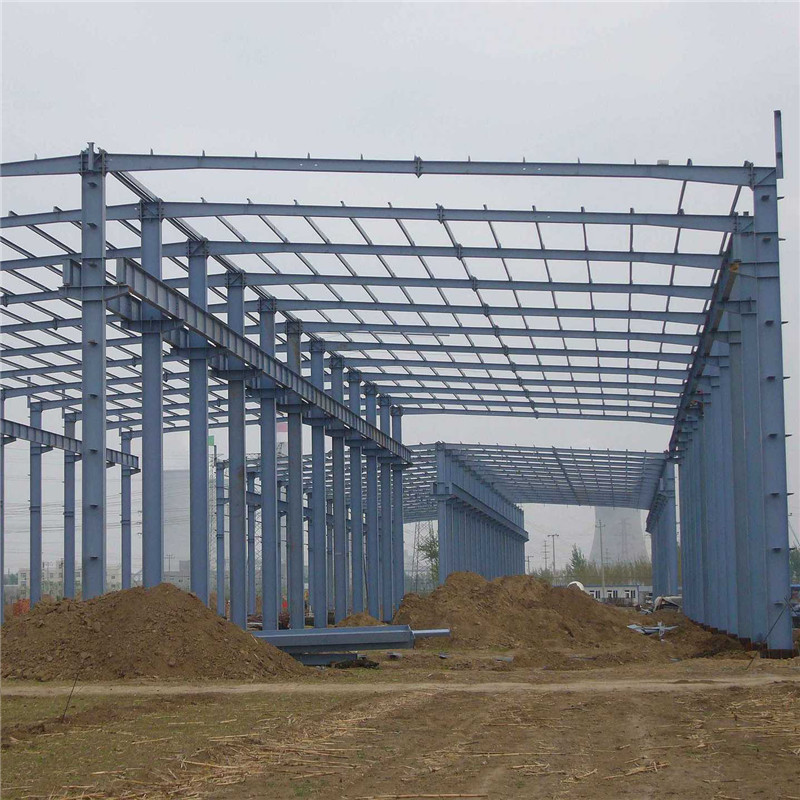
Case Study Highlight: Large-Scale Industrial Complex (Confidential Client A)
A leading global petrochemical company required a new processing facility, demanding a structure capable of housing heavy industrial equipment while resisting highly corrosive elements. Our collaborating steel structure builders engineered and fabricated a complex featuring high-strength steel (ASTM A572 Gr.50) with a specialized 3-layer epoxy-polyurethane coating system (DFT > 300 microns). The project timeline was critical, and thanks to advanced off-site fabrication and precise on-site erection, the structural phase was completed 20% ahead of schedule. This not only ensured rapid deployment but also guaranteed a projected service life of over 70 years, showcasing the long-term value and robustness achievable with expert steel structure building construction.
Choosing Your Steel Structure Partner: A Comparison Guide
Selecting the right steel structure building contractor is a pivotal decision that directly impacts project quality, timeline, and budget. It's not just about cost; it's about a partner who embodies expertise, experience, authoritativeness, and trustworthiness (). Here’s what sets a top-tier steel structure builders apart:
| Criteria | Description/What to Look For | Benefit to Client |
|---|---|---|
| Certifications & Compliance | ISO 9001 (Quality Management), ISO 14001 (Environmental), ISO 45001 (OH&S), AISC Certification (for US projects), CE Marking (for European projects), AWS/CWI certified welders. | Assurance of globally recognized quality, safety, and environmental standards. Reduced risk of non-compliance. |
| Experience & Track Record | Minimum 10-15 years in operation, portfolio of diverse projects (industrial, commercial, infrastructure), client testimonials, repeat business. | Proven ability to handle complex projects, foresight in problem-solving, reliable project execution. |
| In-house Capabilities | Integrated design, fabrication, and erection teams. Advanced software (BIM, CAD/CAM), modern fabrication machinery. | Streamlined workflow, better quality control, faster response times, greater cost efficiency. |
| Customization & Flexibility | Ability to develop bespoke solutions, accommodate design changes, and adapt to unique site conditions or functional requirements. | Solutions perfectly tailored to specific needs, optimizing performance and budget without compromise. |
| Supply Chain & Logistics | Robust relationships with steel mills, efficient logistics management, global shipping capabilities. | Reliable material sourcing, predictable delivery schedules, cost-effective transportation. |
| Post-Sales Support & Warranty | Comprehensive warranty on products and workmanship, responsive customer service, maintenance guidance. | Long-term peace of mind, protection of investment, and ongoing operational efficiency. |
Tailored Solutions and Design Flexibility
One of the hallmarks of a leading steel structure building contractor is their capacity to offer customized solutions. This goes beyond mere fabrication and extends to a deep understanding of structural engineering, material science, and specific industry requirements. Whether it's a unique architectural vision, demanding operational loads, or challenging environmental conditions (e.g., high wind loads, seismic activity, extreme temperatures), the right partner can engineer a steel structure that precisely fits the need. This includes selecting appropriate types of construction in steel design, such as moment-resisting frames, braced frames, or composite structures, to optimize both performance and cost.
For example, for a data center requiring minimal vibration and maximum flexibility for equipment layout, a custom steel truss system might be designed to provide extensive clear spans and accommodate specialized HVAC and cabling infrastructure. Similarly, for a mining processing plant, customized heavy-duty plate girders and columns would be engineered to support immense dynamic loads and resist abrasion, with specific material hardness and coating treatments applied. This level of bespoke engineering by skilled steel structure builders ensures that every structural element contributes optimally to the facility's overall function and longevity.
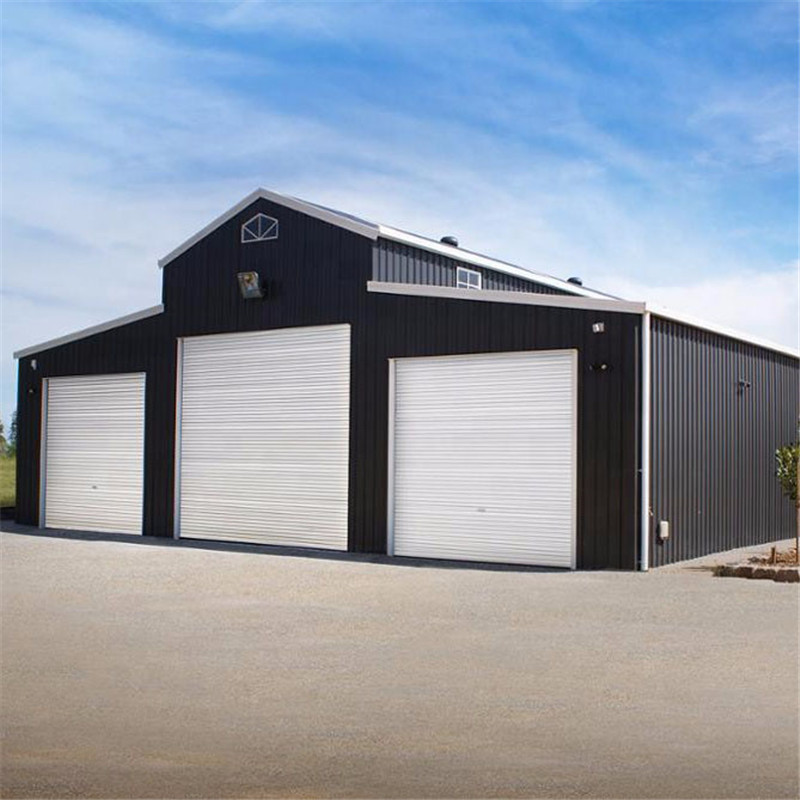
Commitment to Quality, Support, and Trust
Building trust with B2B clients goes beyond delivering a product; it involves a steadfast commitment to quality, transparent processes, and unwavering support. Leading steel structure builders prioritize these aspects to foster long-term partnerships.
Authoritative Certifications and Compliance
Our dedication to excellence is reflected in our adherence to the highest industry standards. We hold:
- ★ ISO 9001:2015 Certification: Demonstrating a robust Quality Management System across design, fabrication, and erection.
- ★ ANSI/AISC 360 Compliance: Adherence to the Specification for Structural Steel Buildings, ensuring design and construction meet North American standards for safety and performance.
- ★ CE Marking (EN 1090-1): For projects within the European Economic Area, confirming compliance with essential health and safety requirements.
- ★ AWS D1.1/D1.5 Certified Welders: Ensuring all welding procedures and personnel meet the stringent requirements of the American Welding Society.
These certifications are not just badges; they are the foundation of our operational integrity and your assurance of receiving a product and service of unparalleled quality from expert steel structure builders.
Transparent Delivery & Comprehensive Warranty
We understand the importance of project timelines. Our typical delivery schedule for fabricated steel components ranges from 8 to 16 weeks, depending on project complexity and volume, following final design approval. This includes fabrication, surface treatment, quality inspection, and logistics to the port of shipment. Expedited options are available for critical path projects.
Every Steel Structure Construction Building solution comes with a standard 10-year structural warranty, covering material defects and workmanship. Extended warranty options and maintenance contracts are available to further protect your investment, emphasizing our confidence in the longevity and reliability of our steel structure building construction.
Dedicated Customer Support
Our commitment extends beyond project completion. Clients have access to dedicated project managers and technical support teams throughout the project lifecycle and beyond. From initial consultation and design optimization to post-erection support and maintenance guidance, our experts are always available to ensure seamless operations and maximum value from your steel structure investment. This proactive client engagement sets us apart as a preferred steel structure building contractor.
Frequently Asked Questions (FAQ)
Q1: What are the primary advantages of steel structures over concrete or wood?
A1: Steel structures offer superior strength-to-weight ratio, faster erection times due to off-site prefabrication, greater design flexibility (allowing for larger clear spans), and excellent durability. They are also 100% recyclable, contributing to sustainable construction practices. While concrete and wood have their applications, steel excels in demanding industrial, commercial, and large-span infrastructure projects due to these inherent benefits.
Q2: How do you ensure corrosion resistance for steel structures, especially in harsh environments?
A2: We implement multi-layered protective coating systems, typically involving surface preparation via sandblasting (to Sa 2.5), followed by zinc-rich epoxy primers, epoxy intermediate coats, and polyurethane topcoats. The specific system and dry film thickness (DFT) are selected based on the corrosivity category of the environment (e.g., C5-I for marine/industrial environments as per ISO 12944). For specific applications like chemical plants, specialized coatings or even galvanized steel might be recommended by our steel structure builders.
Q3: What is the typical lifespan of a steel structure, and what maintenance is required?
A3: A properly designed, fabricated, and maintained steel structure can have a design life of 50 to 100 years or even more. Key maintenance includes periodic inspection of coatings for integrity, prompt repair of any damage or corrosion, and ensuring connections remain secure. Our teams provide detailed maintenance guidelines and can offer long-term service agreements for optimal longevity.
Q4: Can steel structures be customized for specific aesthetic or functional requirements?
A4: Absolutely. Steel offers immense design flexibility. Our engineering teams work closely with clients to develop custom structural solutions that meet unique architectural visions, operational demands (e.g., specific loading requirements, vibration control), and site constraints. This customization extends to selecting appropriate types of construction in steel design, material grades, connection details, and finishes.
Q5: How does your company ensure project quality and adherence to schedules?
A5: We achieve this through a multi-faceted approach: rigorous adherence to ISO 9001 quality management systems, comprehensive in-house quality control at every fabrication stage, regular project progress meetings with clients, and a dedicated project management team. Our extensive experience as steel frame construction companies allows us to foresee potential challenges and implement proactive solutions, ensuring both quality and on-time delivery.
Conclusion: Partnering for Structural Excellence
The strategic advantages of steel structure construction are clear: unparalleled strength, accelerated project timelines, superior sustainability, and long-term cost-effectiveness. As demand for robust, adaptable, and efficient building solutions continues to surge, the expertise of dedicated steel structure builders becomes increasingly critical. Choosing a partner with a proven track record, comprehensive in-house capabilities, stringent quality control, and a client-centric approach ensures your investment yields a structure that stands strong for decades to come.
By understanding the intricate processes, technical parameters, and vast application potential, B2B decision-makers can confidently select steel as the material of choice for their next major project. Partner with leading steel frame construction companies that exemplify principles, guaranteeing not just a building, but a lasting asset built on a foundation of trust and technical mastery. Our commitment is to deliver structural solutions that not only meet but exceed expectations, embodying the pinnacle of modern steel structure building construction.
References
- Grand View Research. (2023). Steel Construction Market Size, Share & Trends Analysis Report, 2023-2030. Available from industry reports.
- American Institute of Steel Construction (AISC). (2016). Specification for Structural Steel Buildings (ANSI/AISC 360-16). Chicago, IL: AISC.
- International Organization for Standardization (ISO). (2015). ISO 9001:2015 - Quality management systems - Requirements. Geneva, Switzerland: ISO.
- European Committee for Standardization (CEN). (2014). EN 1090-1:2009+A1:2011 - Execution of steel structures and aluminium structures - Part 1: Requirements for conformity assessment of structural components. Brussels, Belgium: CEN.
- NACE International. (2007). NACE SP0188 - Discontinuity (Holiday) Testing of New Protective Coatings on Conductive Substrates. Houston, TX: NACE International.
- ASTM International. (2022). ASTM E119 - Standard Test Methods for Fire Tests of Building Construction and Materials. West Conshohocken, PA: ASTM International.
- World Steel Association. (2023). Steel's Contribution to a Sustainable World. Brussels, Belgium: World Steel Association.
Post time: Aug . 21, 2025 22:00


